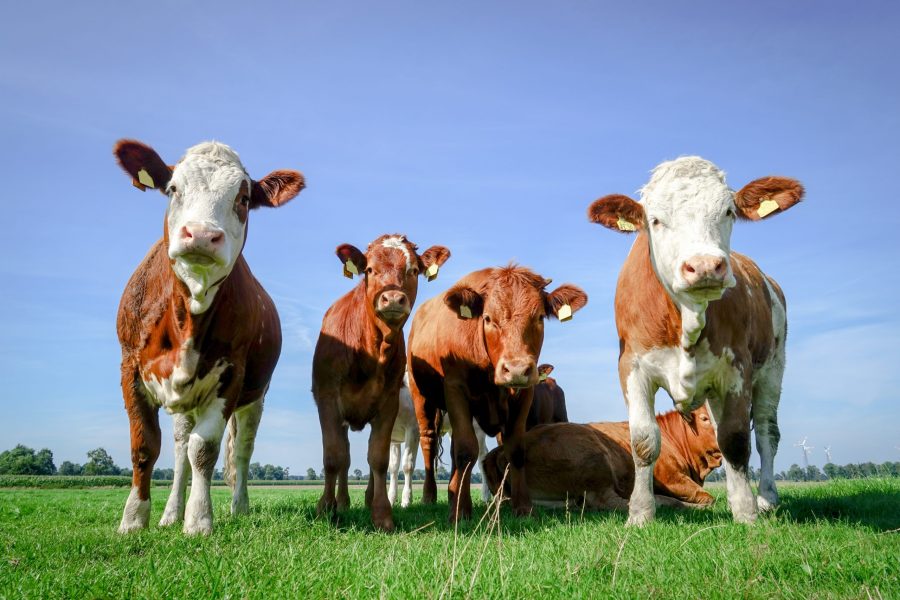Muscle metabolome and adipose tissue mRNA expression of lipid metabolism‑related genes in over‑conditioned dairy cows differing in serum-metabotype
In dairy cows, proper nutrition around the time of calving is crucial to ensure optimal milk production. Research has shown that lactation is supported by the release of fatty acids from storage in adipose tissue, providing an energy source for the liver and other peripheral organs. Many hormonal factors play a role in regulating this process, including growth hormone and insulin signaling.
A previous metabolomic study demonstrated that over-conditioned cows were less able to adapt metabolically to the sudden increase in milk yield after calving. Combining body condition score (BCS) – used to classify dairy cows- and metabolomics, cows with a high BCS (HBCS) could be predicted to have a normal or a high BCS, resulting in one of two metabotypes: HBCS-predicted high (HBSC-PH) or -predicted normal (HBCS-PN).
In this recent article, the authors combined metabolomics of muscle tissue with transcriptomics of adipose tissue to investigate the mechanisms related to lipogenesis in these two HBCS metabotypes. They also applied this to normal BCS cows predicted to have a normal BCS (NBCS-PN).
Their findings show that before giving birth, transcriptomic profiles clearly separated HBCS-PH from the other phenotypes, with an increase in the expression of several genes related to lipogenesis. After giving birth, this effect was no longer visible. Metabolomics, however, could distinguish HBCS-PH from both HBCS-PN and NBCS-PN cows after birth based on the levels of serotonin and short- and long-chain acylcarnitines.
Sadri H, Ghaffari MS, Schuh K, Koch C, Sauerwein H: Muscle metabolome and adipose tissue mRNA expression of lipid metabolism‑related genes in over‑conditioned dairy cows differing in serum-metabotype (2021) Sci Rep | https://doi.org/10.1038/s41598-021-90577-w

